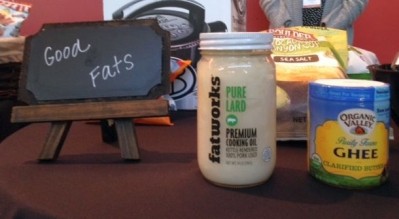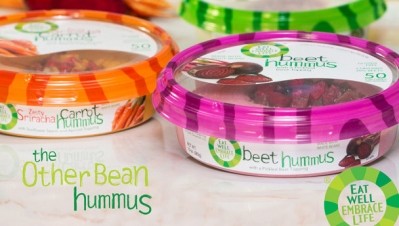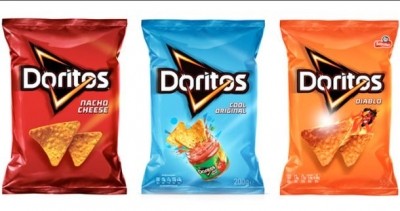Meet the needs of upscale shoppers, and growth will follow, says Hartman Strategy

One might assume that in a downturn, the most resilient grocery categories might be 'staples' such as ready-to-eat cereal, packaged bakery goods, canned soup and margarine, says Hartman Strategy, the consulting arm of trend-watcher Hartman Group.
But in fact, volumes in all of these categories have declined in recent years, while higher-end products from energy drinks to single serve coffees, Greek yogurt, ready-to-drink teas and protein shakes have flourished.
Indeed, the highest growth areas are consistently at the premium end of many grocery categories, although the economy remains in the doldrums, added Hartman Strategy senior VP James Richardson, who has just written a new report called ‘Post-Modern Strategies for Growth in the US Market’.
An explosion in the size and influence of this privileged social tier
And with volumes in 70% of food and beverage categories flat or declining despite the fact that the population is growing, many manufacturers are beginning to realize that they need to engage in some serious “portfolio rebalancing” to tap into these faster growing categories and appeal to the upscale shoppers driving them, he told FoodNavigator-USA.
“One of the most stunning findings of our research has been the explosion in the size and influence of this privileged social tier.
“The most under-examined social development affecting packaged food markets in the past two decades is the phenomenal growth in the upmarket sub-population, a group that used to be a small elite of affluent, college-educated professionals in the immediate post-WWII era, when a college degree was a rare achievement.
“The highly privileged upmarket social tier has literally doubled in size in the past 20 years, creating a very picky, sizeable consumer market segment with much greater scale of social influence than ever before…
“This slice of America is a distinct social world whose internal lifestyle movements (fitness, endurance athletics, health and wellness, immersive foreign travel, foodiedom) have created some of the most intense and defining cultural aspirations of our time.”
They’ve spread many of the most profitable consumer trends deep into the middle of the market
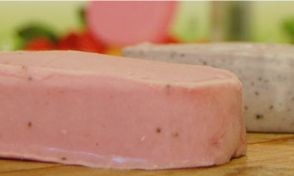
And while the overall numbers of ‘upscale’ shoppers may not be that large, the influence they have over food culture - and the choices made by ‘mid-market’ shoppers - is disproportionate, he added.
“The absolute size of the upmarket prize is less the call to action than the enormous scale of their influence on the midmarket consumer, whose taste preferences continue to alter upward in terms of quality expectations, especially related to health and wellness.
“They’ve spread many of the most profitable consumer trends deep into the middle of the market in cooperation with their social peers at the helm of virtually all major media outlets.”
When products are targeted at upscale shoppers, he added, “they have shown the ability to scale well into the middle of the market (Kashi, Amy’s Kitchen, VitaminWater) using the well-worn brand management tools of the mainline packaged food and beverage industries.”
For the large, established players, it is becoming extremely urgent to rebalance corporate portfolios
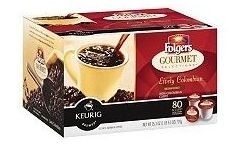
While the likes of Whole Foods Market and Trader Joe’s cater well to upscale shoppers, meanwhile, most of these consumers still shop at mainstream retail outlets, although they are “increasingly dissatisfied with the offerings they find”, he added.
And this created opportunities for manufacturers looking to appeal to this demographic via more mainstream retailers, where instead of chasing volume via trade promotions, they should focus attention on introducing more innovative products in faster-growing categories, he said.
“For the large, established players, it is becoming extremely urgent to rebalance corporate portfolios toward the fastest growth currents, as the middle of the market resets to a new normal of its own, both macro-economically and culturally.”
To read the full report, click here.
